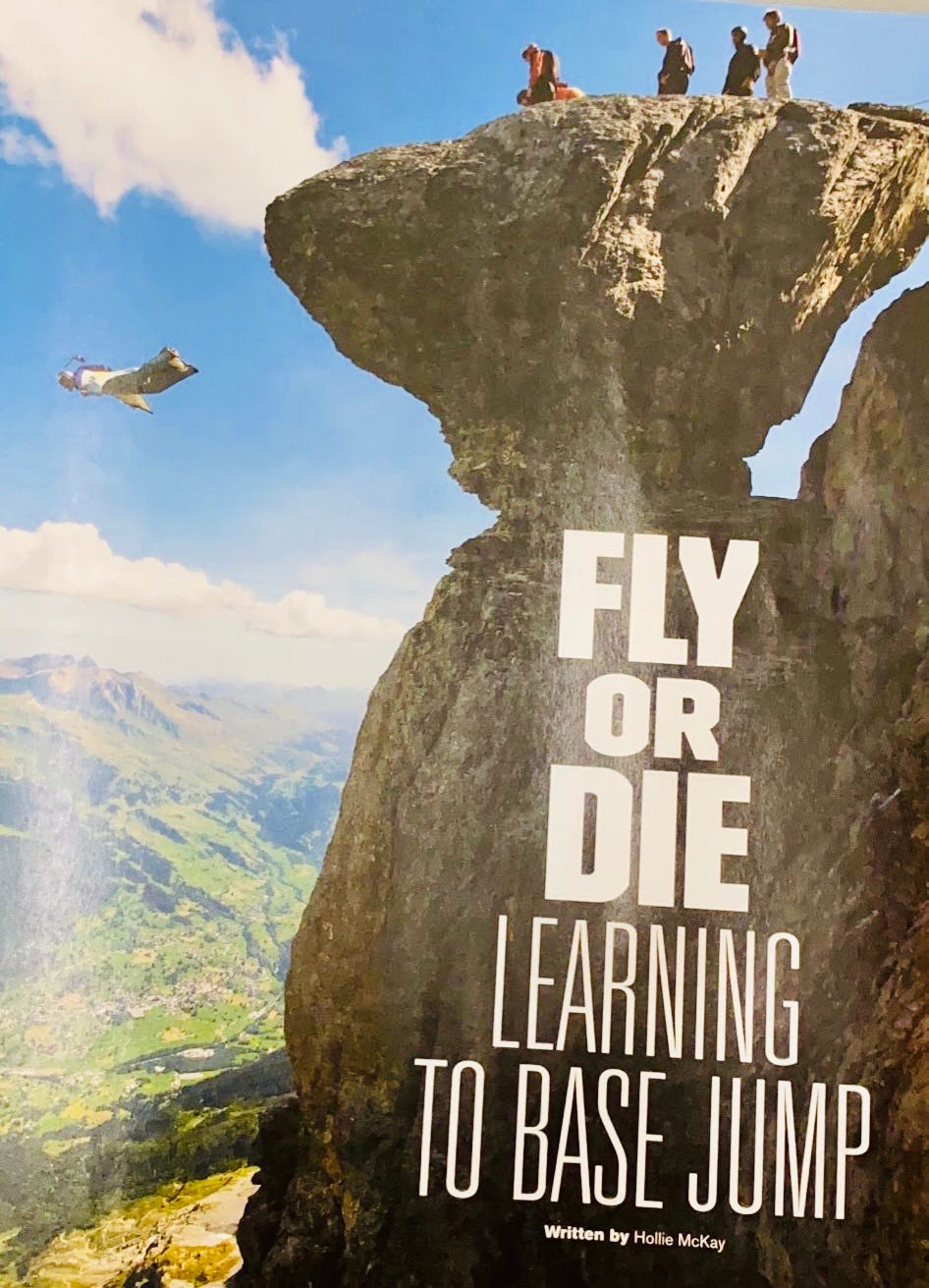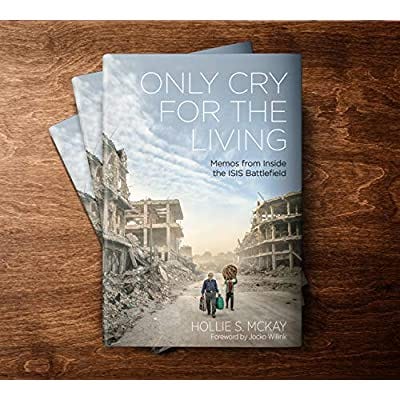“There is a cyclone fence between ourselves and the slaughter and behind it
we hover in a calm protected world like netted fish, exactly like netted fish.
It is either the beginning or the end
of the world, and the choice is ourselves
or nothing.”
― Carolyn Forché, The Country Between Us
For my final Substack of 2021, I want to shed light on some incredible stories of survival I had the honor of writing this year. One of the reasons I do this job, and what intrigues me more than anything else, is the concept of resilience. What does it mean to overcome the worst of what human beings do to one another? What does it mean to take a life without killing? What does it mean to want to be part of the human race once again?
TALES OF RESILIENCE: WOMEN WHO HAVE SURVIVED – AND ESCAPED –NORTH KOREA
For the women who survived the Hermit Kingdom – and defected to tell the tale – there is a glassiness that comes over their eyes when they speak of their ordeal. There is the dull pain of memory and the sharp pang of being so close to the suffering yet so far.
Many defectors are still haunted by the Great North Korean Famine of the 1990s – brought on by a cold front that decimated crops and wiped out entire farmland communities – triggering the beginning of the ongoing refugee crisis.
"I don't have many fond memories of my time growing up in North Korea," said Natasha Sohn, 37, who speaks in a gentle sing-song voice of her childhood in North Korea's South Hamgyong Province.
She remembers the bodies of the dead and dying piling up in the dirty streets, those who had succumbed and were succumbing to starvation. Even more painfully, she remembers as a 12-year-old girl the cannibalism spurred from the unfathomable depths of suffering.
"Because there was no food, North Koreans resorted to eating tree bark and grass. Then people literally became savages because they had tried everything to survive and overcome starvation. But the feeling of hunger was still there," Natasha continued. "I saw people who ended up eating other human beings. I remember seeing the skeletal remains of people and learning that neighbors had managed to make meat soup – only I found out later that the meat was not from an animal. It was not pork or beef. They were eating people, and they knew the people they were eating."
The defector, who said nightmares still plague her dreams around dawn, recalled the chilling story of a helpless father. The man was sitting around with his emaciated family and forcing his children to look the other way while he clubbed a passerby to rip off chunks of flesh for food. Natasha also detailed how a woman was lured to a meeting with a potential marriage suitor, only to be slaughtered on arrival. It was an orchestrated set up to feed a famished and neurotic neighborhood.
"That's what people resorted to doing because there were so desperate," she said. "They were so hungry, so it didn't seem abnormal. In a sense, everybody was crazy."
Information channels at the time were shuttered under the late Kim Jong Il, leaving upwards of 3.5 million to die a dramatic and dire death at the mercy of hunger. Only no one can be quite sure how many perished. No one can be quite sure how many still lie in unmarked graves in the rolling hills.
But from a young age, Natasha taught herself survival skills. She learned to sell goods on the black market, to scrounge for food in every possible crack, to do whatever it took to appease her empty stomach, before finally executing a plan to flee to China in 2008.
"I made sure to bribe the (North Korean) soldier before we crossed the Yellow River. It was such a tense moment," she continued.
READ FULL FEATURE ARTICLE IN FALL SKILLSET MAGAZINE
FIGHTER PILOT CAPT. CHARLIE PLUMB SURVIVED 2,103 DAYS AS A POW
Under his code name “Plumber,” fresh-faced and zealous U.S. Navy pilot Charlie Plumb made more than 100 successful carrier landings and flew 74 triumphant missions throughout the Vietnam War. But on his 75th mission on May 19, 1967—five days before he was to return home—the then-24-year-old was shot down by a surface-to-aircraft missile over Hanoi.
“I had a 90-second transition from the skies to the earth,” Plumb said as he remembered how he prayed for his wife as he fell. Simultaneously, he tore off his radio antenna and shredded his small book of flight names and schedules so that the enemy could not call support and endanger more American lives. Then he hit a rice paddy, and bullets whizzed by his ears.
“I was immediately swarmed by about 20 to 30 peasant farmers with machetes and hoses and rakes,” he recalls. “They cut my flight gear off me until I was naked, and I was eventually hauled into an 8-by-8-foot prison cell. That was going to be home for a while.”
Plumb spent the next 2,103 days fighting for life inside a North Vietnamese prisoner of war camp. His existence was reduced to routine torture, compounded by the torment of mosquitoes and machetes that were never far from sight. Yet he refused to succumb or let his mind become a moral morass. Instead, he became something of a chaplain to his comrades, whose bodies wasted away beside his in the hot and scented primeval jungle, overgrown with thickets and mystery.
Born during World War II, Plumb, a farm child raised in Kansas, daydreamed about golden wings and flying the warplanes that captured his imagination during his early years.
“I always tell people that I was a rich kid, although we didn’t have running water until I was about 7 years old. But I was rich in empathy and love,” Plumb reminisces. “My parents couldn’t afford college, so I got a scholarship to the Naval Academy. Within two days, I was on a Greyhound bus and pledging to defend the Constitution of the United States of America against all enemies.”
In the years before his deployment to Vietnam, Plumb was already rattling the cage. The newly-graduated interceptor pilot—who was trained to fly by the late Arizona Senator and Vietnam War POW John McCain—reported to Miramar Naval Air Station in San Diego to pilot the newfangled Phantom-F4, but he discovered there was a six-month wait.
“My buddy and I were not happy not flying airplanes; it just gets in your blood. But we knew how to fly the F9 Cougar, which is slow and not supersonic at all but designed for dogfighting. So, my buddy and I would save some gas at the end of each flight and lurk across the coast and wait for the F4 Phantoms to come out, and then we would dogfight these guys,” Plumb says. “It was highly illegal, but we were having fun—then the commander called us in.”
This rebellion ended up leading to the development of the Navy Fighter Weapons School, now better known as TOPGUN. While Plumb’s syllabus turned the kill ratio around in the far-flung bamboo chaparral of Vietnam, his flying prowess didn’t shield his own aircraft from being brought down in enemy terrain.
“They (his Vietnamese captors) would not give us books to read or a television or a radio. We were just made to sit there and contemplate our sins against the Republic of Vietnam,” Plumb continues. “Just being alone with yourself, with nothing to do, was a big-time change.”
Looking back, the night before his capture served as something of an omen. A group of U.S. airmen were sitting around, laughing about the probability of being shot down with the engineers, when the conversation took a serious turn. “We started asking each other what would happen, what happens to a man? We admitted we wouldn’t probably make it,” Plumb asserts. “I had heard about all the torture and disease, and I said it was a mountain too high to climb. None of us thought we could survive a POW situation.”
However, as Plumb’s captivity continued in the swelter of the Vietnamese jungle, it was not the four military survival schools Plumb attended before his deployment that helped him through those dark and disorientating days. Instead, it was the cocktail of values instilled by his mother and father.
It was the small moments—the moral victories and the camaraderie—which kept Plumb and his comrades from falling victim to insanity.
“Even as POWs, what kept us alive was maintaining our patriotism. We were making little flags out of rags and saluting the flag and saying the Pledge. We never questioned why we were there,” Plumb says, stressing that he reminded himself over and over of these three critical words: “Return with honor.”
CLICK TO READ MORE ABOUT CHARLIE’S INCREDIBLE STORY OF SURVIVAL
FLY OR DIE: LEARNING TO BASE JUMP
From dusk until dawn, dozens of jumpers – from students to the masters, and everything in-between – can be spotted hauling over a thin rail and soaring with abandon into the emerald gorge, bursts of color exploding into the pastel skies. From a distance, it looks as though delicate dolls are dropping toward the rushing currents below. But up close, it's a web of personalities with bulging backpacks slicing through the air in a vibe that is just as zen as it is action-fueled.
For some, it comes down to a determination to fulfill the childhood fantasy of flying. For others, it is chasing a high that no other wild adventure can replicate or pushing through and past the invisible veil of fear. In any case, how does one "learn" the riskiest – and perhaps the most personally rewarding – sport in existence?
Welcome to the perilous cosmos of BASE jumping – an acronym for buildings, antennas, spans and the earth – of which jumpers typically leap from in a death-defying freefall of freewill and fun. It's a hobby that requires a willingness to go against the grain, strong mental fortitude and a whole lot of hopes and prayers.
First, a BASE hopeful needs to become a certified and skilled skydiver to develop parachute and canopy control and skills to safely land and understand the way of the wind. Yet unlike absconding from a plane, BASE bounds are generally from a far lower height – meaning less room for opening and error. And unlike their sky precursor, there is no backup chute if the first fails.
"We recommend at least 200 skydives before coming to the beginner course. It shows an understanding and a level of commitment," said John McEvoy, 36, the owner of BASE Gear and an instructor in Twin Falls, Idaho.
Almost every day – regardless of the winter frost or sweltering summers – dozens from all pockets of the planet flock to Twin Falls for a four (or more) day intensive to gear up and gain the knowledge to fling themselves off the 486-foot iconic Perrine Bridge. It is where the late daredevil Evil Knievel did many of his eponymous stunts, and it is also the only place jumpers can legally leap from all year round. (BASE jumping itself is legal, but where most get into legal entanglements is under private and public codes for "trespassing.")
Jumpers acknowledge that there is a subset of the population that intentionally skirt the periphery of death. Yet, for the most part, BASE only augments one's appreciation for a full life and provides an opportunity for an individual to exercise control over their own bodies.
"Most people are trying to avoid death," McEvoy, who has clocked in more than 1700 jumps since he first took the Snake River course himself seven years ago, emphasized. "They're just teetering on the edge of what life can offer."
Despite the inherent dangers, the sport espouses a devout and ever-growing following of those drawn (perhaps addicted) to the primordial rush. The focus. And the artistry of nature blurring by, almost poetic in the suspension of time as one topples toward Mother Nature.
READ FULL FEATURE ARTICLE IN FALL SKILLSET MAGAZINE
To some housekeeping…. Thanks to BossMove podcast for having me on
Link to podcast:
Interview with Jocko available on YouTube
For those interested in learning more about the aftermath of war, please pick up a copy of my latest book “Only Cry for the Living: Memos from Inside the ISIS Battlefield.”
Also if you want to support small business:
And also now available Down Under!
Thanks again for your support. Follow me on Instagram and Twitter for more updates


















Share this post